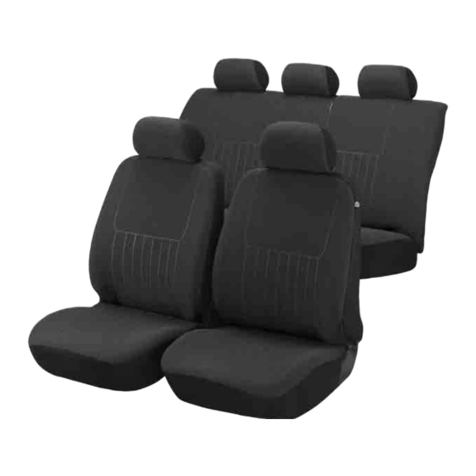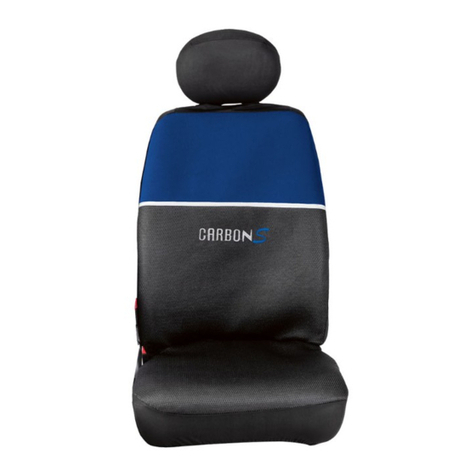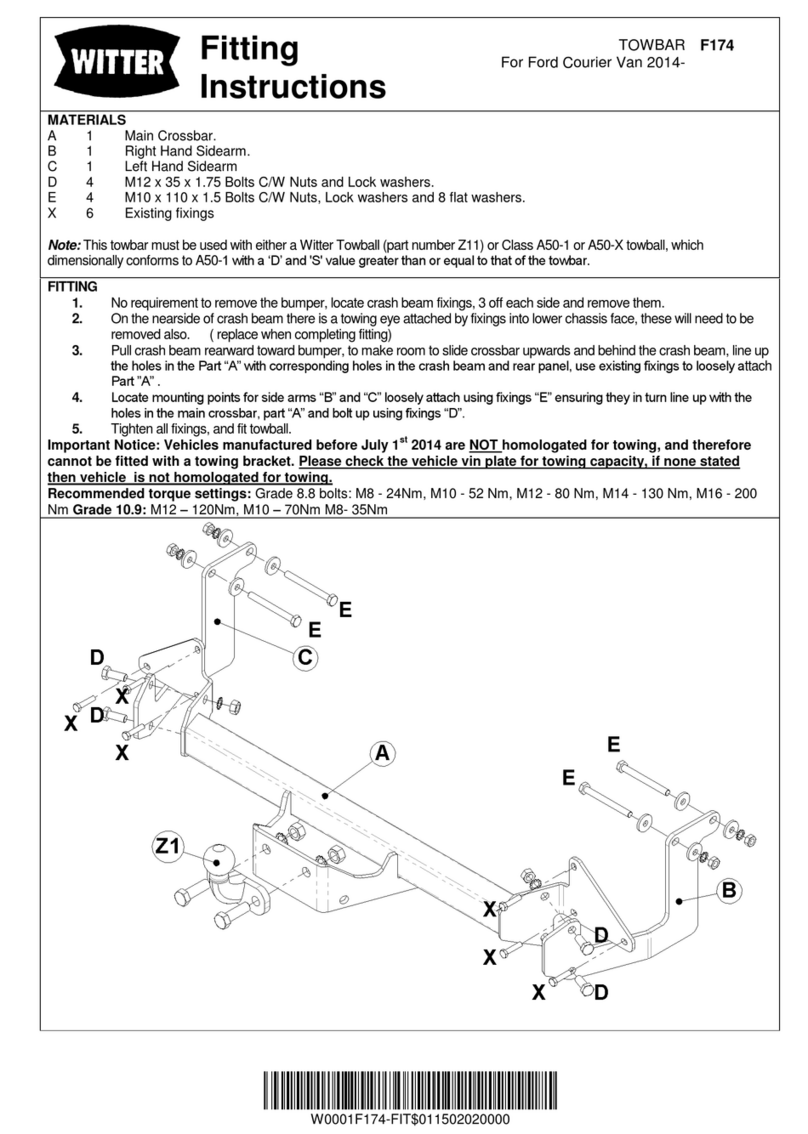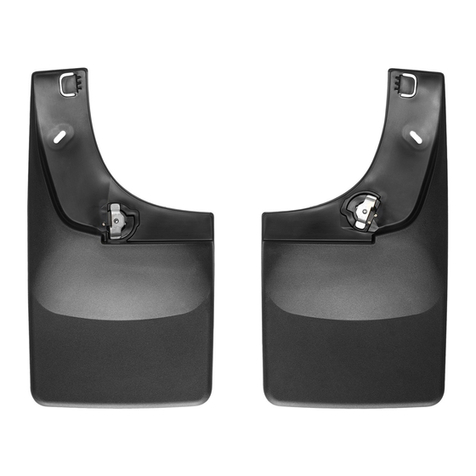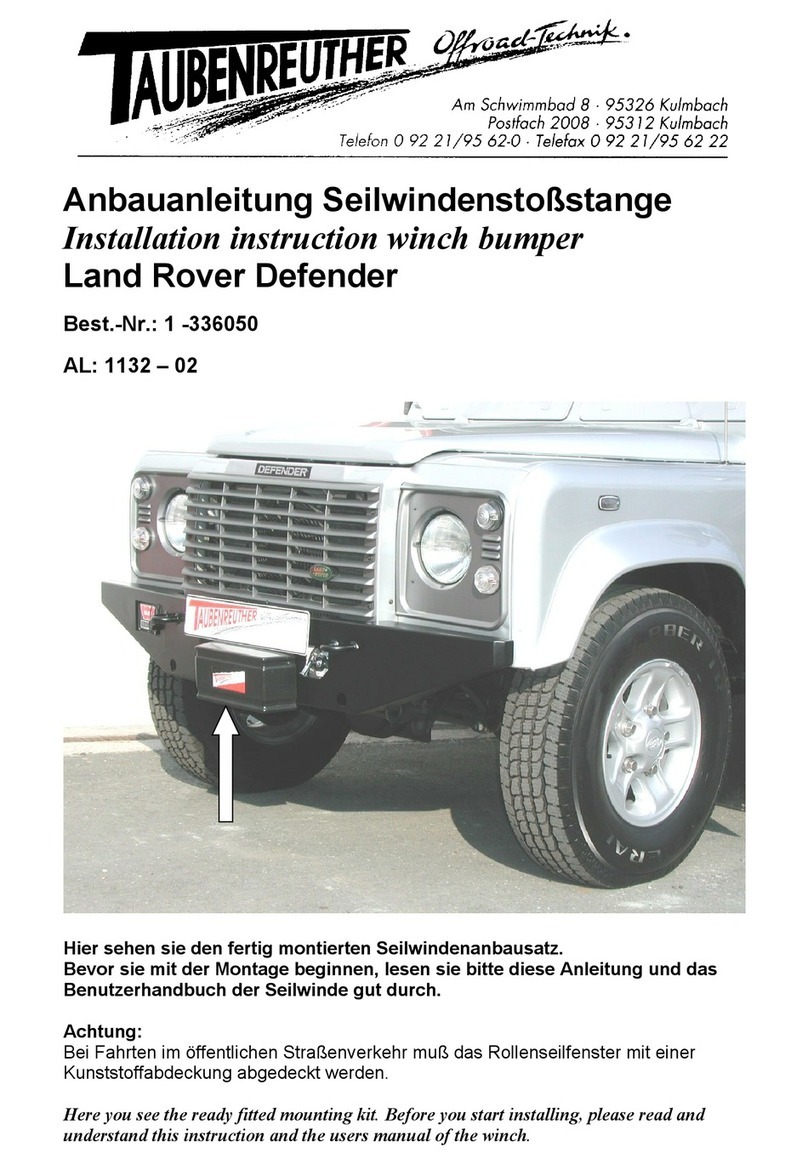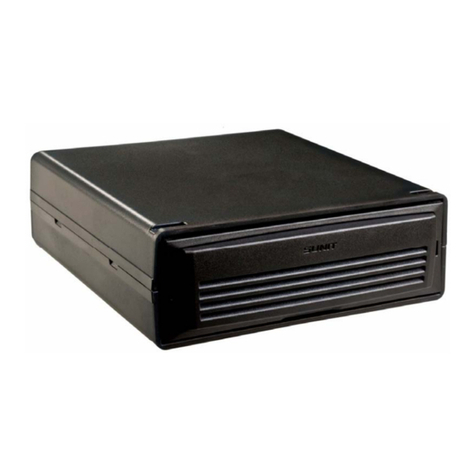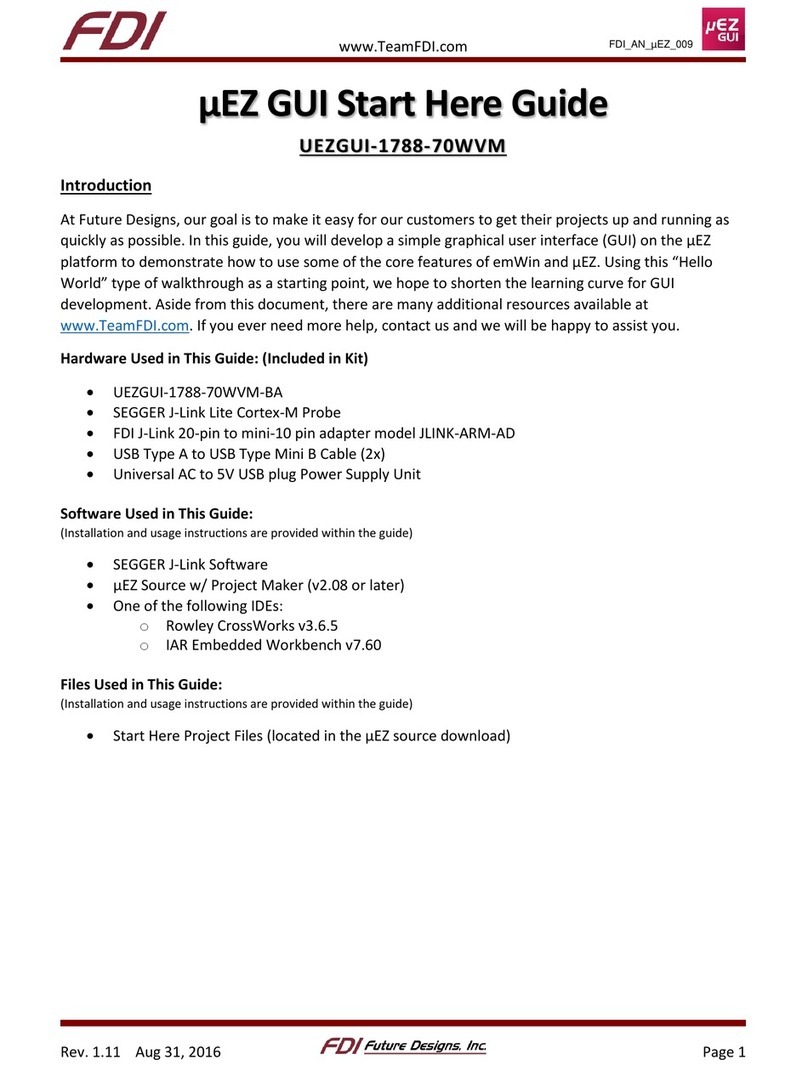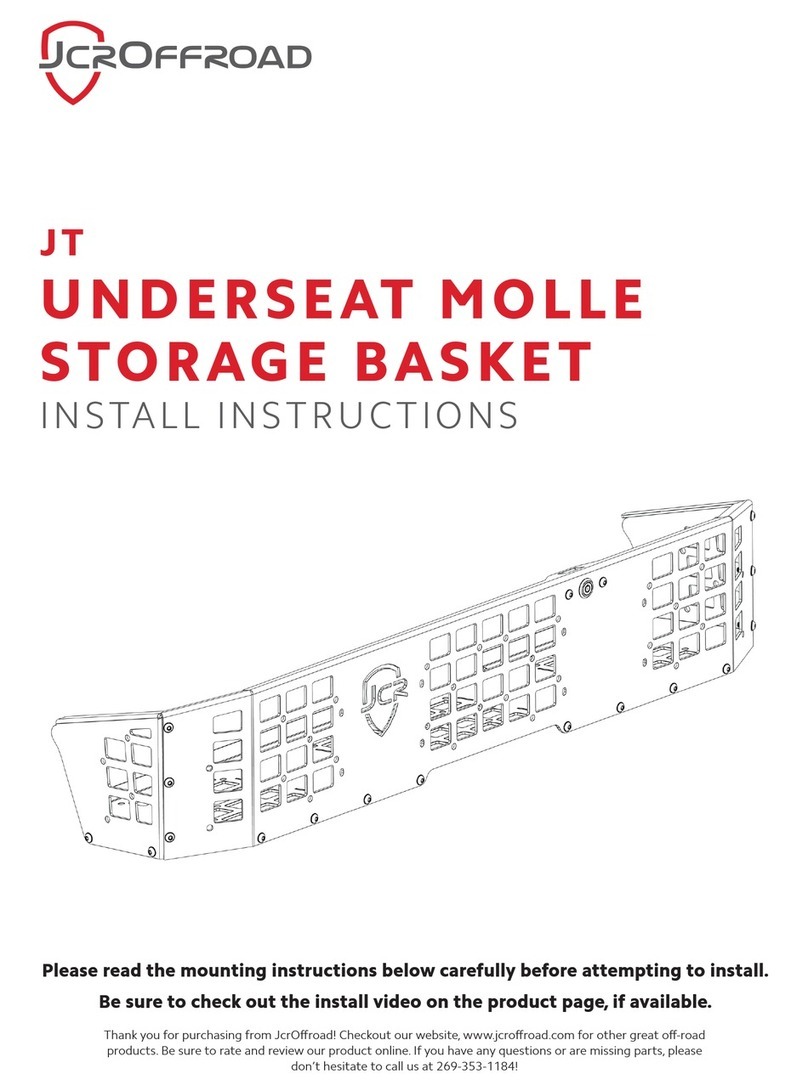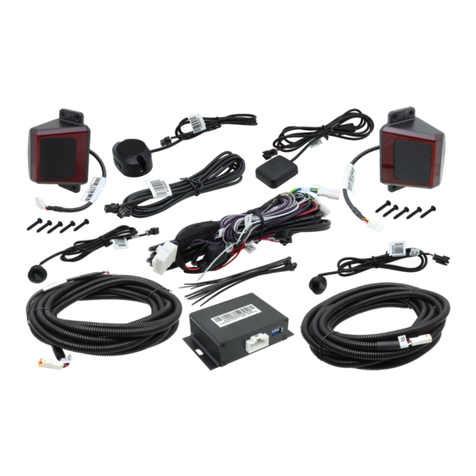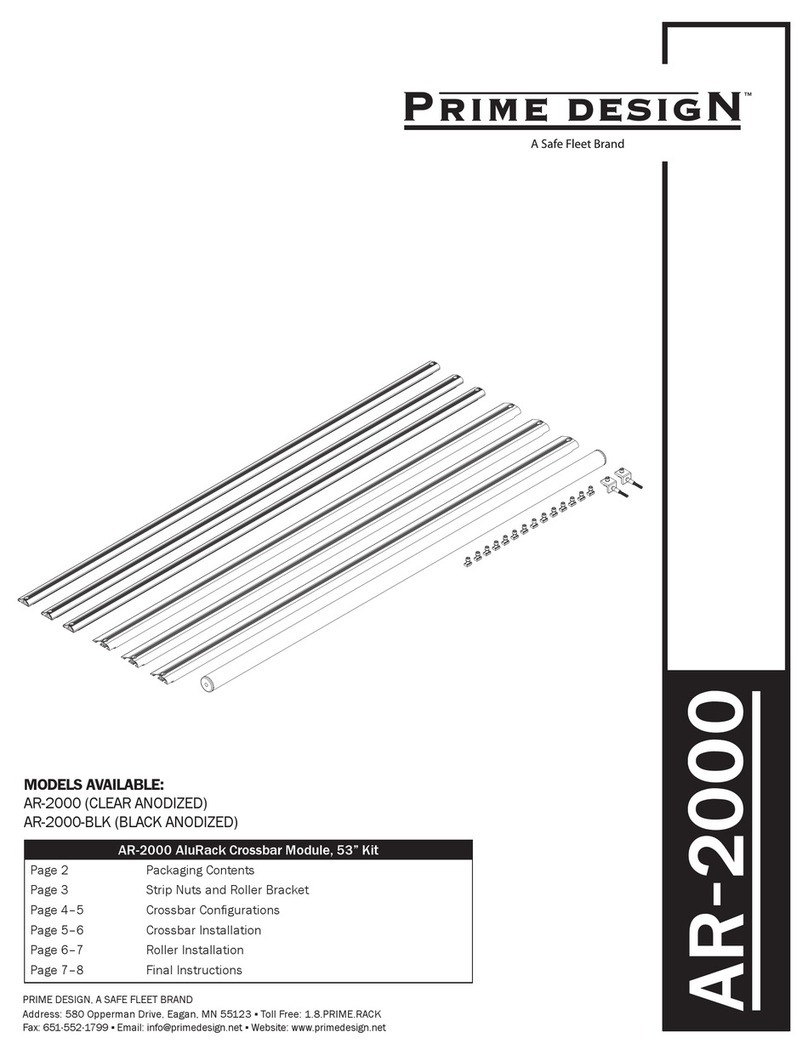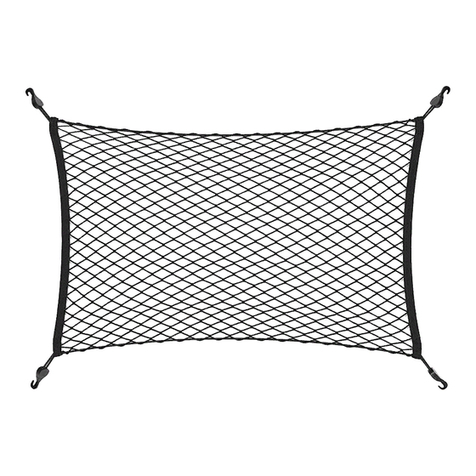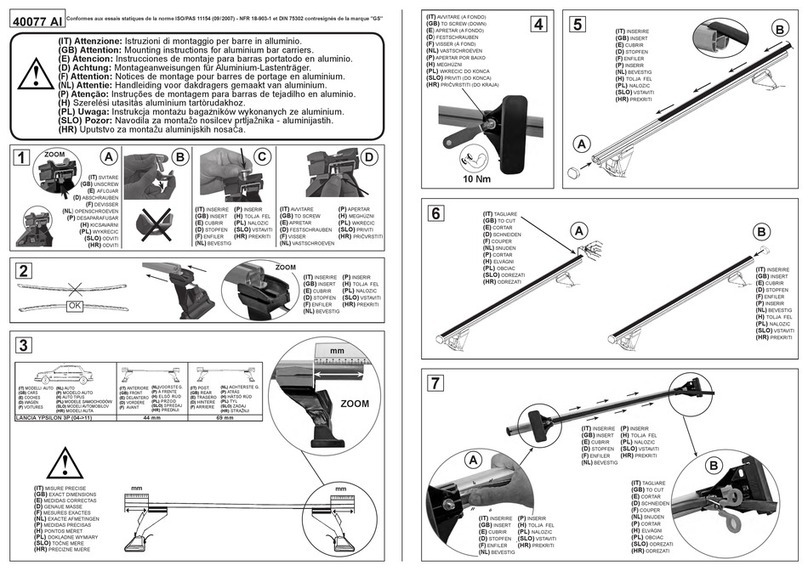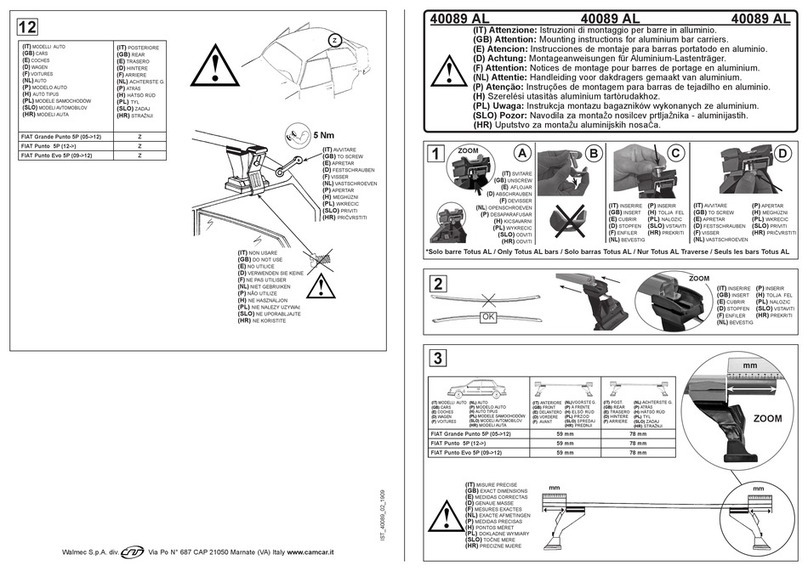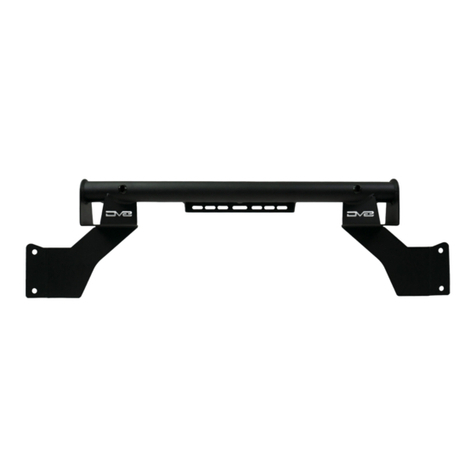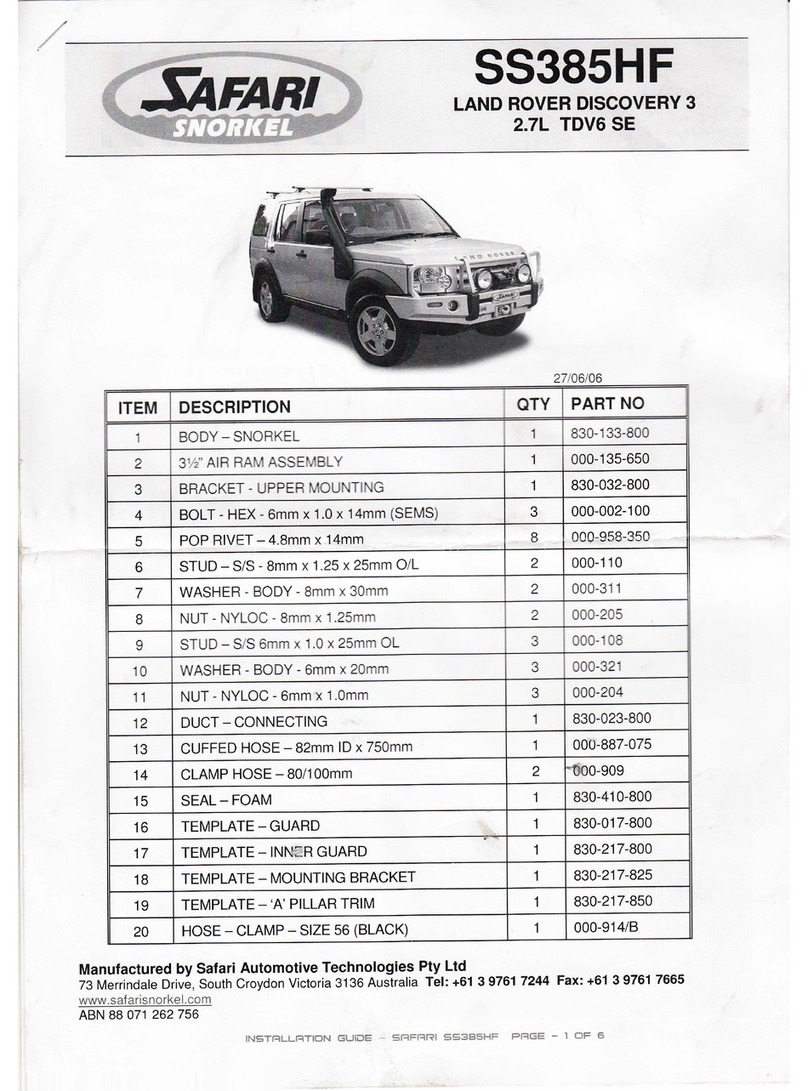1. Foreword
Reference books and further info .........…………………………………....
2. Identification data ...............................…………………………………...
3. Hardware configuration
Configuration of Sunit c ......................…………………………………....
Central Processing Unit (CPU) .............…………………………………...
Front side of CPU ..............................…………………………………...
Installing the SIMM GSM/GPRS card ………………………………….
Resetting the computer …………………………………………………..
Rear side of CPU ...............................…………………………………...
Display .................................................…………………………………...
Buttons & indicators .........................…………………………………...
Keyboard and mouse ...........................…………………………………...
Typing with the keyboard .................…………………………………...
Using the mouse ...............................…………………………………....
4. Maintenance
Precautions and protection ....................…………………………………...
Cleaning ................................................…………………………………...
Software maintenance ...........................…………………………………...
5. Installation
CPU installation ....................................…………………………………...
Antenna mounting ................................…………………………………....
GPS antenna outdoor mounting .........…………………………………...
Display Mounting .................................…………………………………...
Keyboard and mouse ..........................…………………………………….
Cable installation ………………………………………………………….
Connecting the cables ...........................…………………………………...
Wiring diagram, Digital I/O ……………………………………………….
6. Installation tests
Power cable test ....................................…………………………………....
Antenna tests .........................................…………………………………...
Printer test .............................................…………………………………...
Phone test ..............................................…………………………………...
Data transfer and GPS test ....................…………………………………...
7. Using the computer
Start-up and shut-down .........................…………………………………...
Display adjustments ..............................…………………………………...
8. Start-up signals
CPU signals ..........................................…………………………………....
9. Specifications
Connector specifications .......................…………………………………...
Technical specifications .......................…………………………………....
10. Troubleshooting ..................................…………………………………...
Appendix A: Sunit Telematics Quick start …..........................…………....
Appendix B: Elo touchscreen calibration ………………………………….
Appendix C: Sunit touch screen calibration ……………………………….
Declaration of Conformity ………………………………………………....
3
4
5
5
5
6
6
6
7
8
8
9
9
9
10
10
10
10
11
11
11
11
11
12
13
14
14
14
14
15
16
17
17
18
19
21
22
26
27
28
